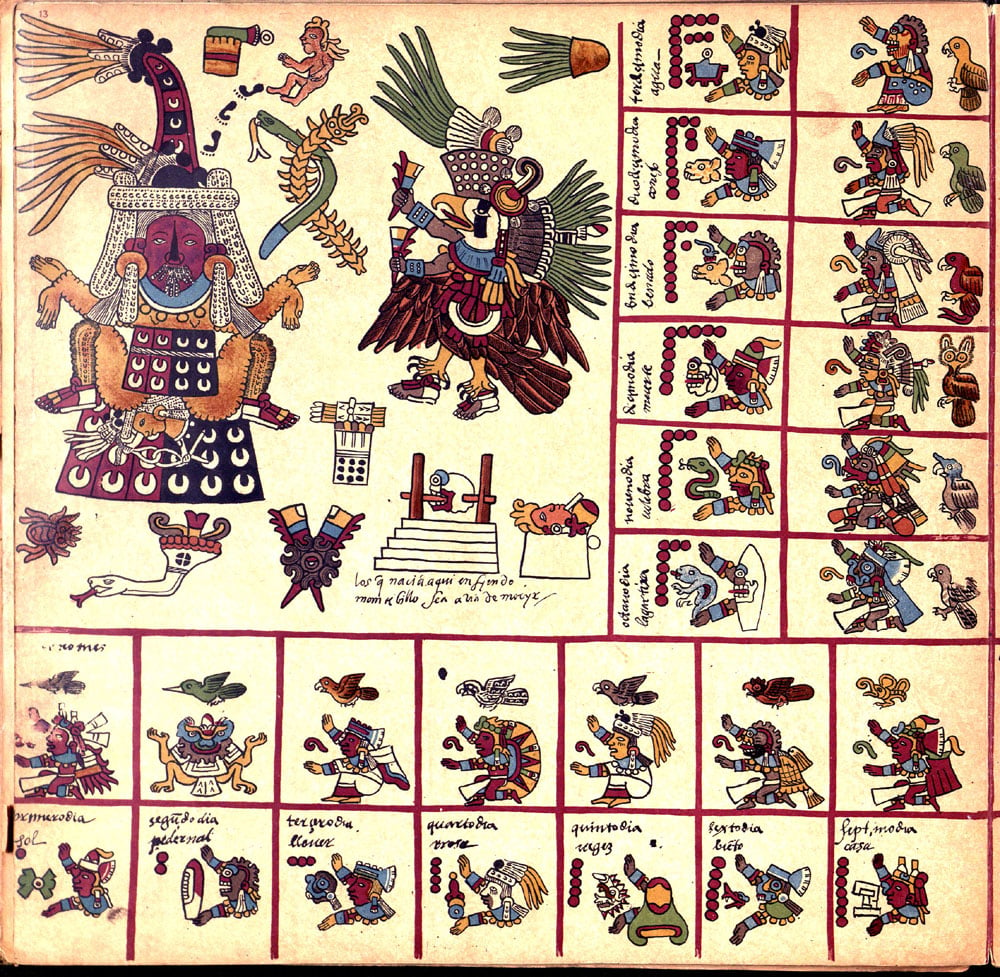vibe af
Traditional Art
From dabblers to masters, obscure to popular and ancient to futuristic, this is an inclusive community dedicated to showcasing all types of art by all kinds of artists, as long as they're made in a traditional medium
'Traditional' here means 'Physical', as in artworks which are NON-DIGITAL in nature.
What's allowed: Acrylic, Pastel, Encaustic, Gouache, Oil and Watercolor Paintings; Ink Illustrations; Manga Panels; Pencil and Charcoal sketches; Collages; Etchings; Lithographs; Wood Prints; Pottery; Ceramics; Metal, Wire and paper sculptures; Tapestry; weaving; Qulting; Wood carvings, Armor Crafting and more.
What's not allowed: Digital art (anything made with Photoshop, Clip Studio Paint, Krita, Blender, GIMP or other art programs) or AI art (anything made with Stable Diffusion, Midjourney or other models)
make sure to check the rules stickied to the top of the community before posting.
It's part of one of the more complete codices. It's post-conquest but anything from around that time that survived is precious.
Oh this is my jam. So in Nahuatl the beginning of the Trecena is Ce Ollin which is one movement/quake which ends in Mahtlactli Omei Atl thirteen water. Teteoh are assigned to Ihiyotl ( with a day bird to present) and Teyollia soul designations for management. These designations are assigned through the holy 260 day calendar year via patterns in the calendar. I love this stuff.
What is the significance of the birds/animals associated with each Trecena?
The birds (and technically one butterfly) refer to the actual numeric days one through thirteen in each given day (count the red dots). Not to go too much into details, but the birds were anthropomorphized into character traits that were associated with a person depending on which day they were born. The cultural context is pretty esoteric, but an example would be a person born on 13 would be wise because Toznene (parrot) looked bald. I have also read that the birds would act as a psychopomp on the occasion of one's personal death (apparently having corresponding red dots as their day) to fly off and deliver the part of the soul that leaves the mortal realm to a designated after life determined by circumstances of one's death.
This ancient monopoly board is clearly indicated with pictorials the way Park Place is in purple, etc.
Wait their year was 260 days? Was there any significance to that number?
So the "Aztec" (Mixtec Pueblo culture) had two major calendars The Tonalpohualli (count of days or days count) and The Xiuhpohualli ( year count or fire count). The Tonalpohualli is a spiritual calendar used for ceremonies and augury, it consists of 20 signs each given a thirteen day week. I've heard it speculated that it has something to do with the observable time that a human takes to gestate during pregnancy, but that's pure theory. The Xiuhpohualli is a 360 day count calendar with five extra days added to the end of the year (which were considered very unlucky). It was divided into 18 months that ran through the 20 day signs that the Spanish called a Veintena. This was used for feasts, holidays, and the planning of agriculture or war during the two major seasons (wet season and dry season). The two calendars would align every 52 years that culminated into a huge celebration called Toxhiuhmolpilia (New Fire Ceremony).
Amazing! I love how traditional religious art scales figures according to their imporance. It seems counterintuitive to our modern eye that focuses on perspective but there is an undeniable logic to, "most important thing should be largest".
